The Department of Natural Resources & Environmental Science offers a variety of undergraduate and graduate programs to educate, inspire and prepare the next generation of scientists. Department faculty are engaged in cutting-edge research in the following areas:
A department of diverse faculty & students dedicated to solving critical environmental challenges with cutting-edge research.
You're invited! Spring Celebration & Awards Night, Tuesday, May 6
An event to honor you — our outstanding students, employees and supporters — Tuesday, May 6, from 4 to 7 p.m., at Eldorado At THE ROW in Reno.
Learn more and register to attend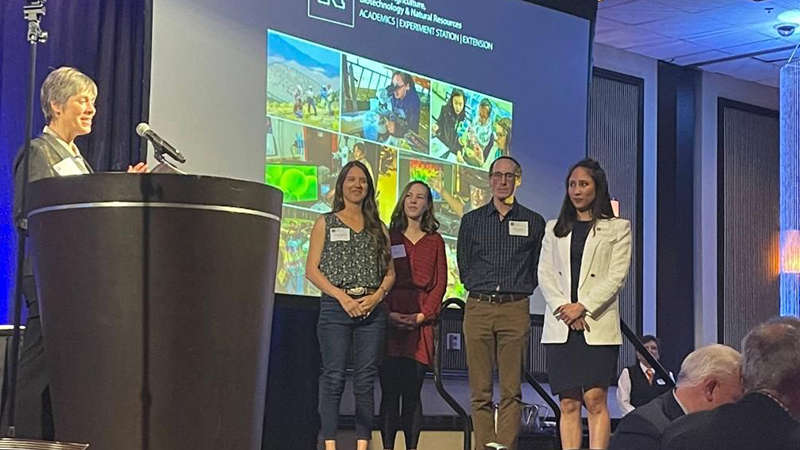
In the news
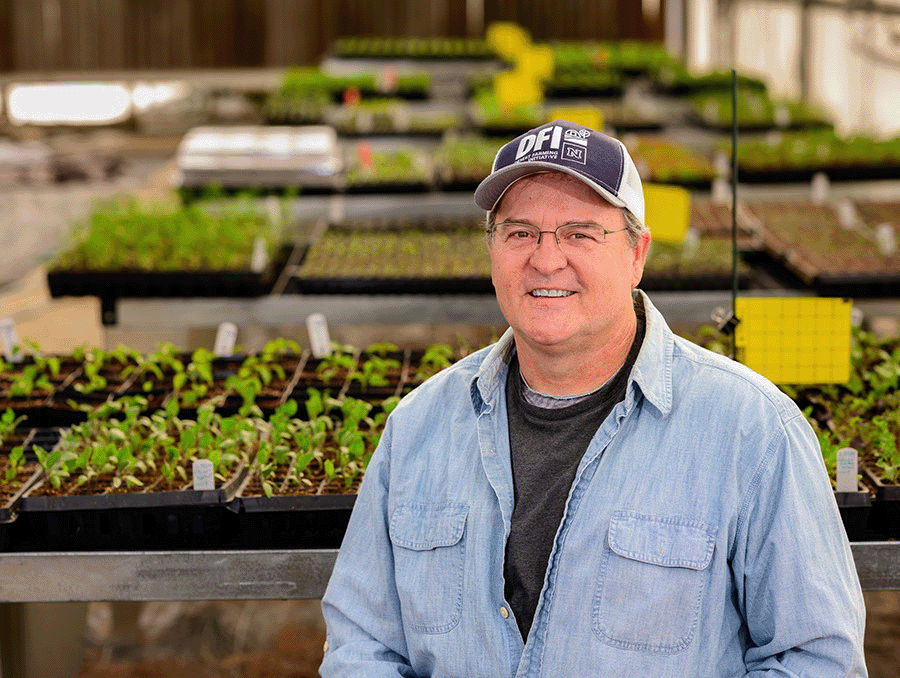
University offers agricultural producers help with organic certification and managing summer’s heat
Collaborative efforts aim to help state’s agricultural industry thrive with today’s challenges

Extension rolls out spring events and resources for gardening season
University of Nevada, Reno horticulture experts provide research-based solutions statewide
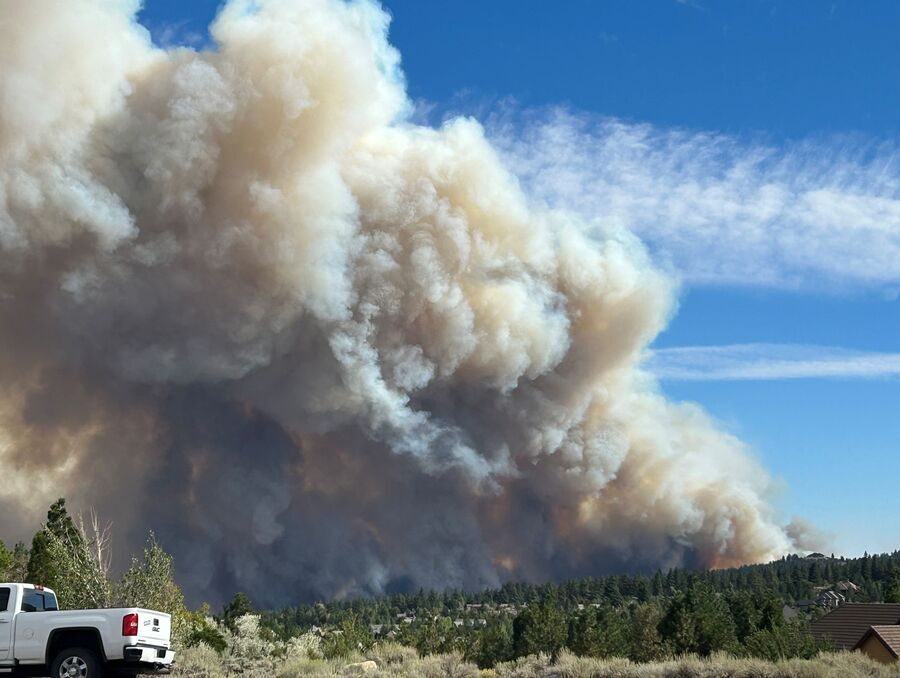
Dry conditions make preparing for wildfire more important than ever
Extension’s Living With Fire Program urges Nevadans to take action now
Nevada Field Day & Ag Expo
2-6 p.m., Friday, May 30, 2025 Free & Open to the Public
Learn More About Field Day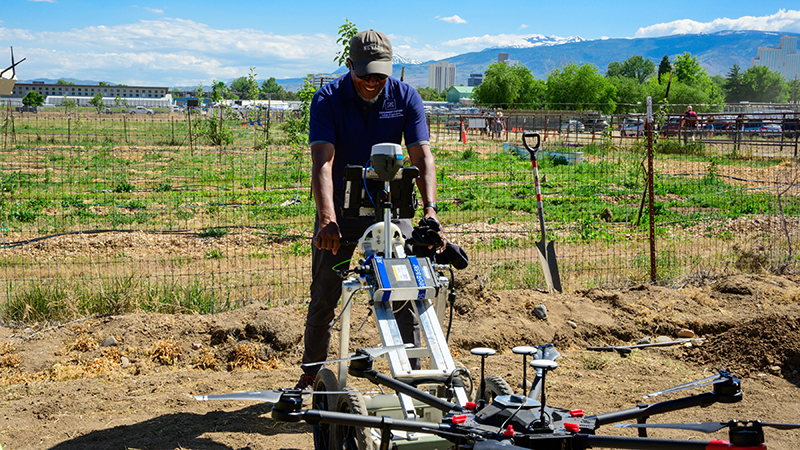
NRES Events, Workshops, & Seminars Calendar
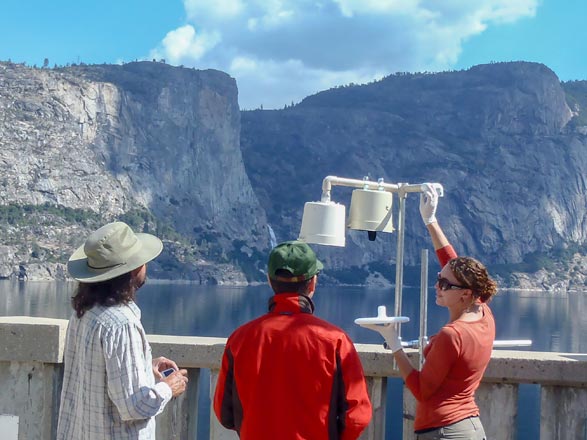
Air
Topics of study include the characterization of pollutant emissions from combustion sources, the understanding of atmospheric photochemical processes and the quantification of human exposure to air pollution.
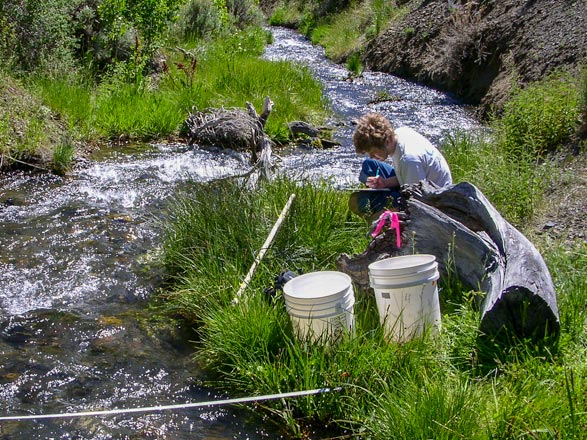
Water
Topics of study include the use of remote sensing, field observations and modeling to address the most pressing questions in the fields of water quality, lake clarity, stream and creek ecosystems and mountain ecohydrology.
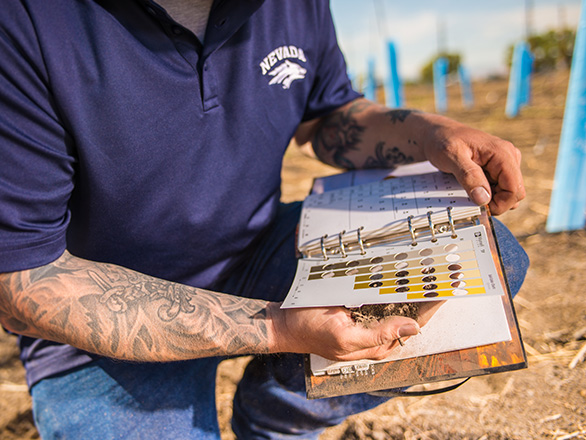
Soils
Topics of study include soil hydrologic conditions, the evaluation of current and past environmental conditions and the characterization of physiochemical processes in the region’s soils.
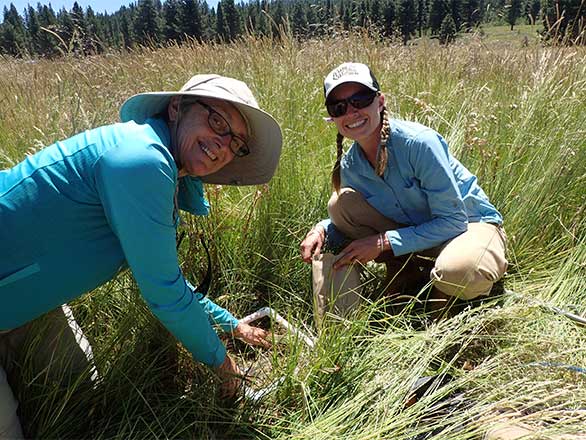
Plants
Regions of study include mountain meadows and sierra forest, riparian communities along creeks and streams and the vast open space of the Great Basin rangelands.
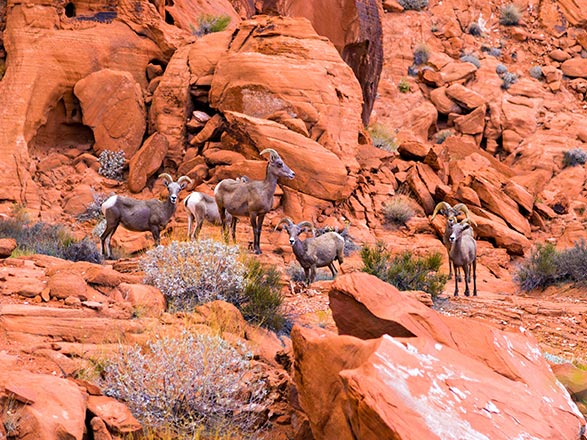
Wildlife
Topics of study include interactions between wildlife and land uses, avian ecology, forestry-wildlife relationships, endangered species management, reproductive ecology, nutrition and foraging ecology, predator-prey interactions and population dynamics.
CABNR Student Emergency Fund
Help provide students with critical support needed to continue their University education, despite facing unexpected challenges associated with COVID-19 or other emergencies.
To learn more about the fund